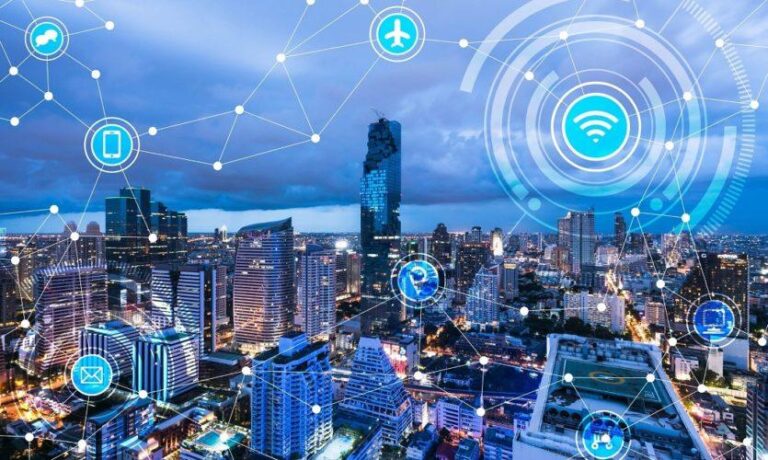Understanding the Digital Divide in Peru
Peru, a country rich in culture and history, faces significant challenges regarding internet access. The digital landscape in Peru is characterized by stark contrasts between urban and rural areas, which hampers overall development.
The Urban-Rural Gap
In urban centers like Lima, internet access is relatively advanced, yet rural regions often struggle with connectivity. This disparity highlights the pressing need for infrastructure development and investment in remote areas.
The Impact of Connectivity on Education
Access to the internet is crucial for educational advancement, especially in today’s digital age. Students in areas with limited internet access face barriers to online learning resources, which can affect their academic success.
Economic Implications
The lack of internet access in rural regions also stifles economic growth and entrepreneurship. Without the ability to connect to wider markets, local businesses cannot thrive, perpetuating cycles of poverty.
Government Initiatives and Challenges
The Peruvian government has launched various initiatives to improve internet access, yet challenges remain. While programs aim to extend connectivity, bureaucratic hurdles and funding limitations can hinder progress.
Role of NGOs and International Organizations
Non-governmental organizations (NGOs) play a vital role in bridging the digital divide. Programs aimed at improving technology literacy and providing resources to underserved communities are essential for fostering meaningful change.
The Future of Internet Access in Peru
As technological advancements continue, there is hope for bridging the digital divide in Peru. Initiatives focused on improving connectivity can lead to significant socio-economic benefits, paving the way for a more equitable future.
For more information on the current state of internet access and efforts to improve it in Peru, visit this informative resource.

